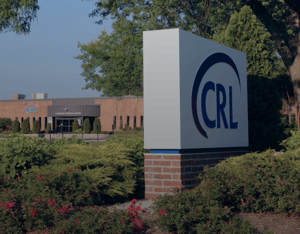Are you giving systolic blood pressure (SBP) the credit or debit it deserves?
Review your company’s preferred criteria and note which is worse: a BP of 134/70 mm Hg or a BMI of 35. Now, consider that same BP of 134/70 for a 65-year-old male with a cholesterol/HDL of 6.5, or a 25-year-old female with a cholesterol/HDL of 5. That BP reading should be an equivalent risk based on our previous studies of build and lipids and blood pressure, but many company guidelines still wrongly consider those BMI or lipid results to be a higher risk.
Although diastolic BP (DBP) still appears in BP guidelines, it has far less impact on risk, especially at older ages where the SBP tells us much more about arterial stiffness and overall cardiovascular risk. In fact, the risk for a given SBP may increase as DBP declines (if pulse pressure becomes high).
Reinforcing our findings from a previous blood pressure study is the dramatic 27% difference in mortality shown recently for hypertensives assigned to a target SBP of 120 vs. a target of 140 mm Hg during the NIH-sponsored SPRINT study. Other non-insurance studies also support our results.
Learn more about previous CRL BP research by viewing our 2015 study published in the Jour. of Insurance Medicine: CRL Blood Pressure Study of Life Insurance Applicants. Everything is laid out in simple tables by age, sex and combinations of SBP and DBP with additional guidance for increased pulse pressure. A user-friendly CRL bulletin is also available; please email ILSblog@crlcorp.com to receive a copy.
About the Author
Michael Fulks, MD, Consulting Medical Director, is board-certified in internal and insurance medicine. After leaving practice, he served as a medical director, creating or editing several underwriting manuals and preferred programs. For the past 8 years, Dr. Fulks has consulted for CRL, participating in its mortality research on individual tests and all laboratory test results, BP and build in combination. He is also involved in the development and implementation of automated screening tools for non-laboratory data.






